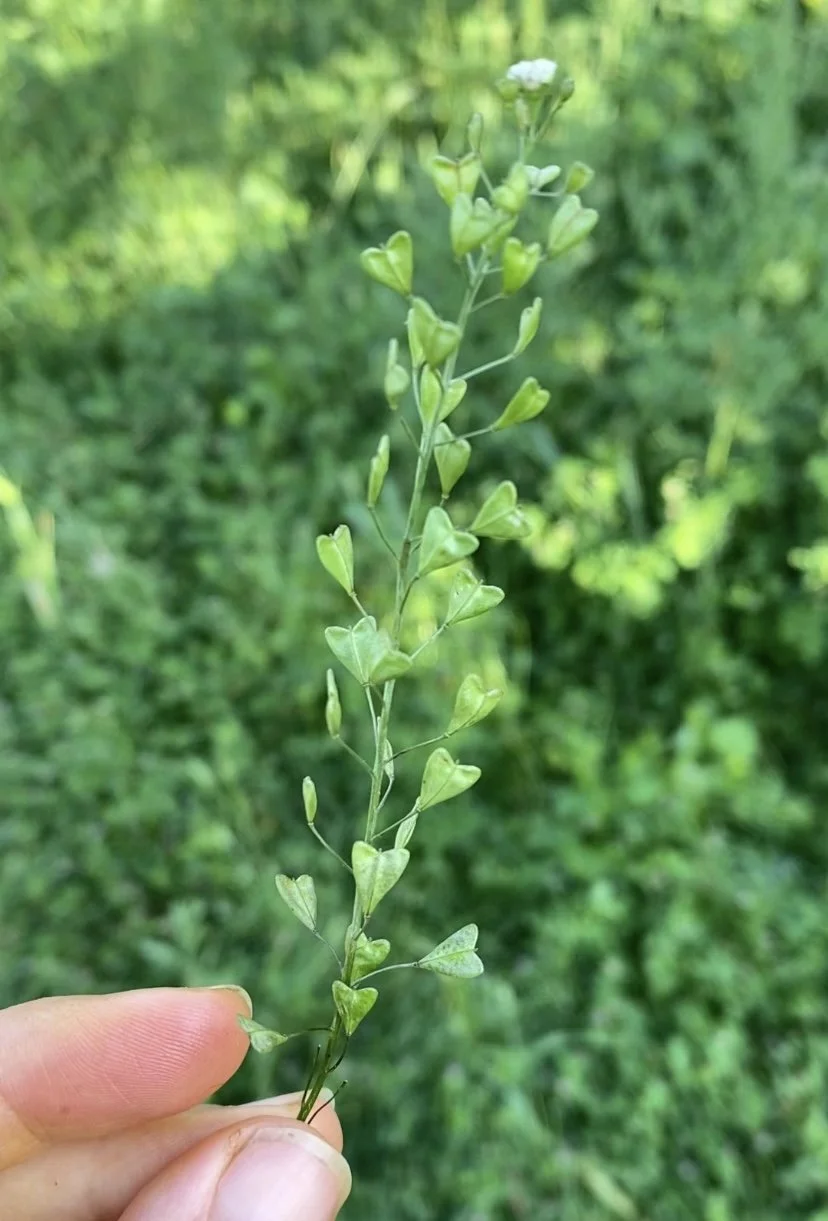Wild Weeds
There are 150 uncultivated wild plants growing on the farm — that are both edible and highly medicinal.
Many are edible wild greens and others can be used for anything from liver and stomach issues to indigestion, heart problems, anemia, wound healing, as well as some that are natural nitrogen fixers.
They provide both free medicine and nutrition for the people and animals living here, as well as nutrition for the soil and soil microorganisms.
Unfortunately, these plants are often vastly misunderstood.
On a conventional farm – or simply one not intentionally seeking to work with the natural biodiversity of a place (could even be in your own garden/backyard) – these “weeds” are not recognized for their value and are sprayed with a multitude of herbicides in an effort to make them go away.
There is a balance between cultivated and uncultivated plants growing in the same area. Some “weeds” grow more vigorously than cultivated crops and need to be cut back time and again so they don’t choke out what is intended to be growing in that space. But many of these plants also support the crops that they grow around – providing more nutrients in the soil and acting as companion plants during growth.
Here at Navdanya farm, any plants needing to be weeded get both composted to return their nutrients back to the soil and/or fed to the cows and buffalo to circulate their nutrients in another way.
In herbalism, we can look at the physical features of plants to inform us what their medicine is good for — known as the “Doctrine of Signatures.”
Pictured above is Shepherd’s Purse. If you haven’t guessed already, this plant is a heart medicine — supporting with blood circulation problems, high blood pressure, blood clots and heart failure.
A “weed” is simply a plant we do not yet know the use for. More often than not, they provide significantly more good than harm and, many times, they tell us just what kind of good that is.
